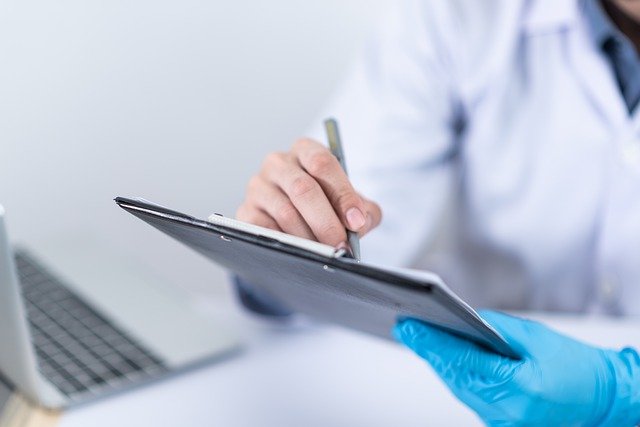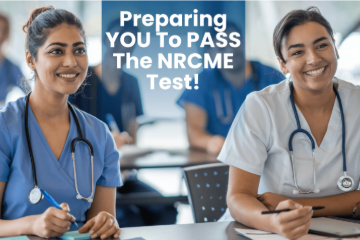What to Expect in a DOT Physical Exam? – Pt. 2


So, while the thought of heading to the doctor might not excite you, the reasons behind it are necessary. To help ease your anxiety, here’s a list of things that you can expect when you go in for your DOT exam with a certified DOT medical examiner.
Things to Bring to Your Appointment
- Your valid driver’s license and /or other photo ID.
- Eye glasses or contact lenses, if applicable. If you recently had an eye exam it would be helpful, but not necessary, to bring that exam report with you.
- A working hearing aid, if applicable.
- List of medications, and the name and contact information of the prescribing doctor.
Examination Procedure
- Check your pulse and blood pressure
- Perform a vision test. Drivers are required to have at least 20/40 acuity in each eye with or without correction.
- Observe your general appearance
- Examine your eyes, throat, mouth, and ears
- Listen to your heart and lungs
- Check for spine deformities
- Perform a neurological exam
- Check your abdomen and viscera
- Perform a hernia check
If you fail the exam, this does not necessarily prohibit you from becoming or continuing to be a driver. Talk with your doctor about your disqualifying condition. If you can improve it with treatment, discuss a plan to address it and try again.





